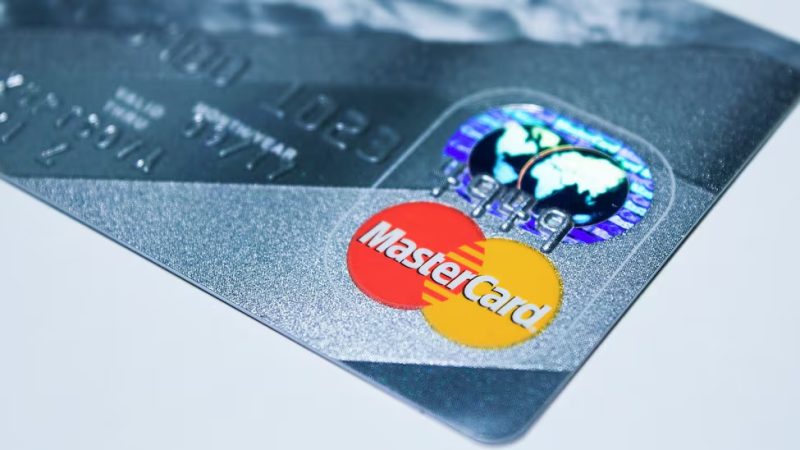Mastercard is making major moves in the crypto world. On April 28, 2025, the company announced a sweeping “360-degree” stablecoin strategy aimed at bringing stablecoins into everyday use for consumers and merchants alike. This expansion reflects Mastercard’s deepening commitment to connecting traditional finance with the rapidly growing digital asset ecosystem.
Mastercard’s Key Initiatives for Stablecoin Integration
Mastercard’s new approach involves several major initiatives designed to make stablecoin transactions simple and widespread:
Mastercard is teaming up with major crypto platforms like MetaMask, Kraken, Gemini, Bybit, Crypto.com, Binance, Monavate, and Bleap. Thanks to these partnerships, users can now spend stablecoins such as USDC through Mastercard-branded cards at over 150 million merchant locations around the world.
Working with payment processors like Nuvei and stablecoin issuers Circle and Paxos, Mastercard is enabling merchants to receive payments directly in stablecoins. Regardless of the payment method the customer chooses, merchants can settle transactions in digital currencies, cutting down reliance on traditional banking systems and streamlining operations.
In collaboration with crypto exchange OKX, Mastercard has introduced the OKX Card. This new card gives users a straightforward way to access their digital assets for everyday spending. It blends crypto trading and Web3 features with Mastercard’s trusted payment network, making it easier than ever to use crypto in daily life.
Why Stablecoins Are a Game-Changer
Jorn Lambert, Mastercard’s Chief Product Officer, highlighted the exciting future ahead. “We believe in the potential of stablecoins to streamline payments and commerce across the value chain,” he said. “Unlocking this is core to how we navigate the rapidly changing world, giving people and businesses the freedom they want by providing the choices they deserve.”
The timing couldn’t be better. The stablecoin market already boasts a market cap over $230 billion, and analysts predict it could soar to $3.7 trillion by 2030, driven by regulatory clarity and rising institutional interest.
Mastercard’s Broader Push into Crypto
Mastercard’s stablecoin expansion is part of a much larger effort to embrace digital assets and blockchain innovation. The company has rolled out more than 100 crypto-focused card programs globally and created the Multi-Token Network (MTN) to support real-time settlements of tokenized assets. With strategic partnerships involving financial heavyweights like JPMorgan and Standard Chartered, Mastercard is clearly positioning itself as a leader in the digital financial revolution.
By weaving stablecoins into its massive global network, Mastercard is offering consumers and businesses flexible, modern solutions that keep pace with the evolving digital-first economy.
